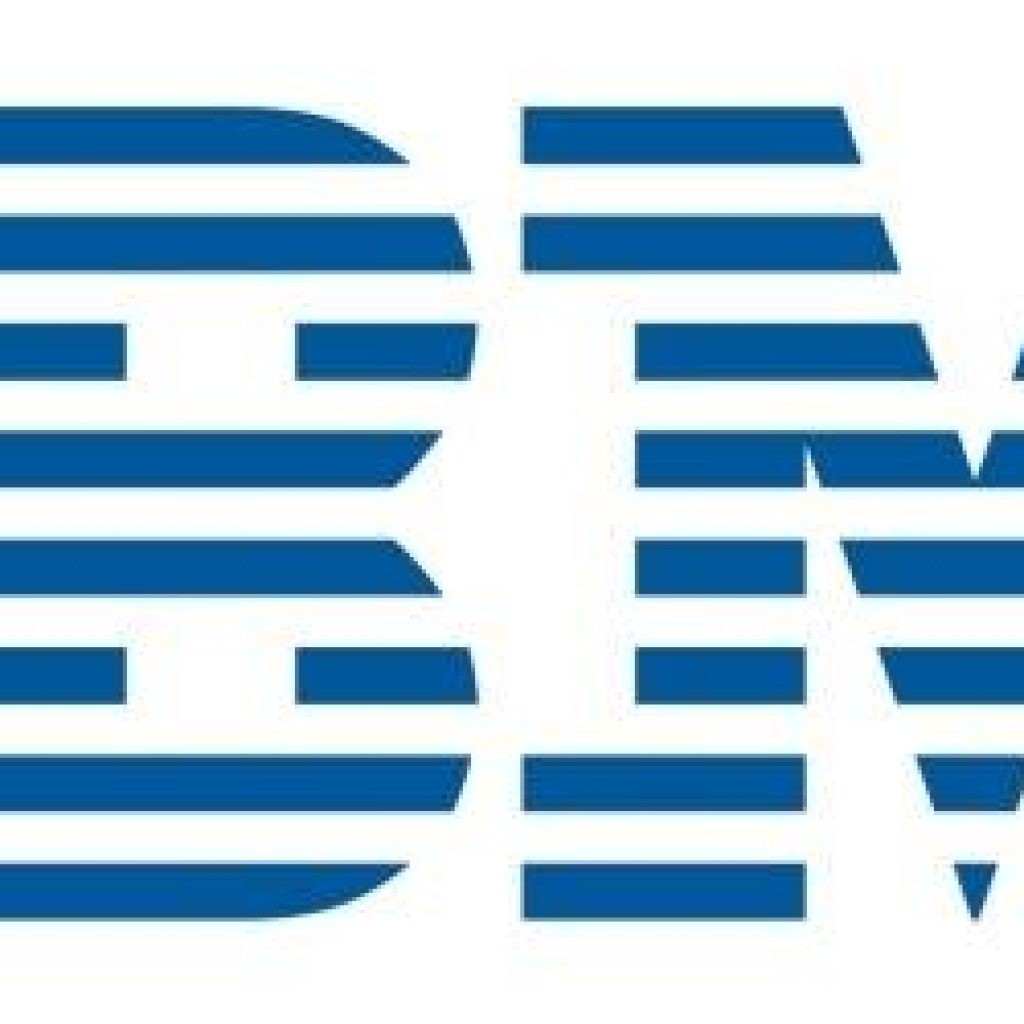(ScientificAmerican) Once quantum computers become functional, experts warn, they could perform calculations exponentially faster than classical computers—potentially enabling them to destroy the encryption that currently protects our data, from online banking records to personal documents on hard drives. Most modern systems employ asymmetric, or public-key, cryptography.
Teams of researchers are scrambling to find new encryption methods that quantum computers cannot manipulate, based on more secure equations. The working assumption is that if you can find one of these mathematical problems that are easy to do one way but difficult to do the other way—and it’s not solvable as part of the hidden subgroup problem then it should be capable of withstanding attack by quantum computer.
“There are a lot of problems that cryptography is based on right now that, actually, we don’t think can be solved by normal computers,” says Vadim Lyubashevsky, a quantum-safe cryptography researcher at IBM Research–Zurich. But many of these encryption algorithms (including those that rely on multiplying two large prime numbers together) were originally developed decades ago, before researchers had developed quantum algorithms that could outperform classical ones.
Because there are many of these types of problems, organizations such as NIST are trying to narrow down the potential options in order to develop a standardized method for quantum-proof encryption.
IBM is not waiting for the results of this competition, however. In August the company announced its researchers had used its NIST submission, a system dubbed CRYSTALS (short for Cryptographic Suite for Algebraic Lattices) to successfully encrypt a magnetic-tape storage drive.
IBM Using Its CRYSTALS to Successfully Encrypt Magnetic-Tape Storage Device
